Uranus, the tilted planet of the solar system, has been found to be stranger than we thought, thanks to observations from the James Webb space telescope.
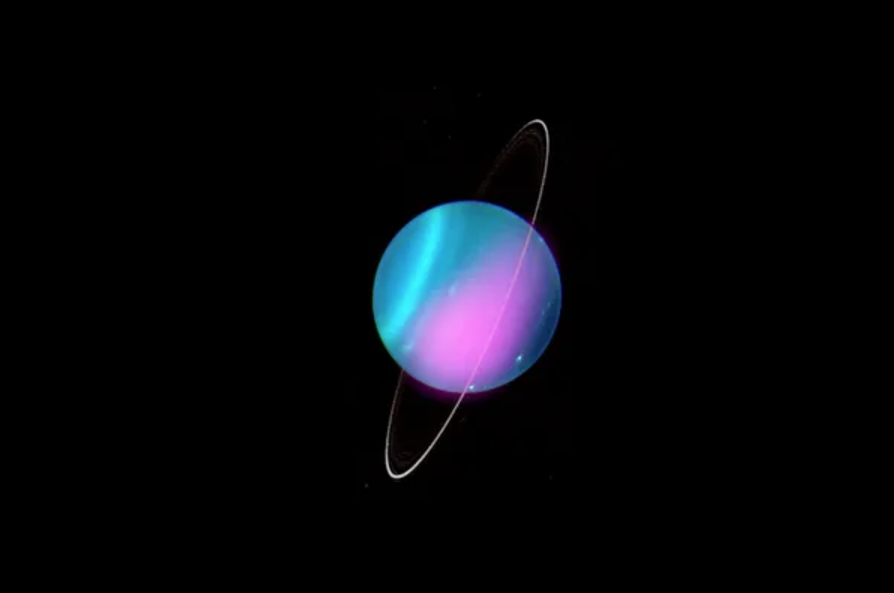
Astronomers discover Uranus emitting X-rays
Photo: NASA/CXO/University of London
Uranus has long attracted the attention of astronomers because of its impressive distance, about 2.6 billion km from Earth.
To observe this planet, researchers need the support of powerful astronomical instruments such as the James Webb Space Telescope.
Three studies have recently been published suggesting that one of Uranus' moons, Miranda, may have a subsurface ocean. This means Miranda could potentially harbor extraterrestrial life.
In a report published in the journal The Planetary Science , astronomer Caleb Strong of the University of North Dakota (USA) explained that the possibility of the moon Miranda having an ocean is quite strange.
“The idea that Miranda could harbor a subsurface ocean is something that has never been considered before because of its size,” said Strong. Miranda is only about 500 kilometers in diameter, about one-seventh the size of Earth’s moon.
The Miranda report is based on images transmitted back to Earth by NASA's Voyager 2 spacecraft. Voyager 2 is the only human spacecraft to have passed by and photographed Uranus, in 1986.
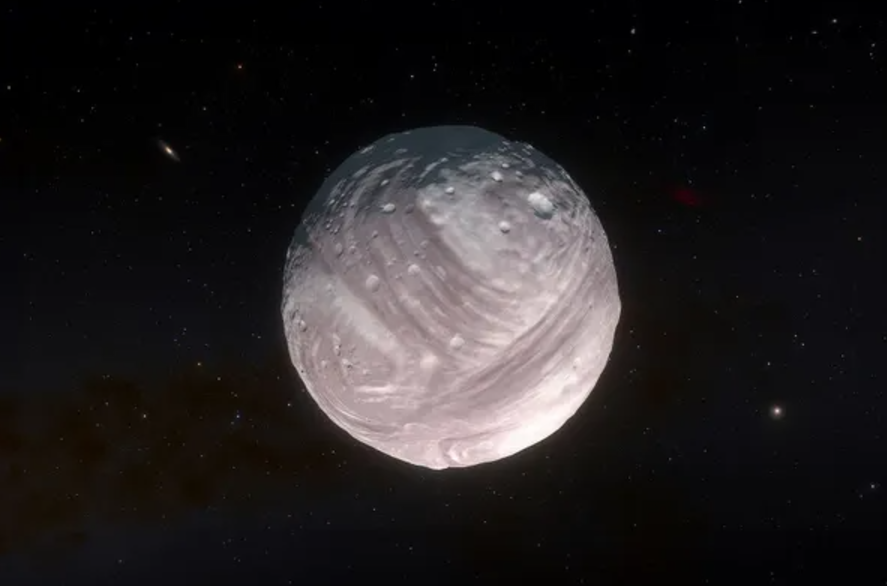
Moon Miranda as seen from Voyager 2
Unusual discovery in Uranus' magnetic field
Also based on data from Voyager 2, researchers also discovered abnormalities in Uranus's internal movements, leading to the fact that the planet's magnetic field operates on a different mechanism than Earth's.
The magnetic field acts as a shield to protect a planet from harmful radiation from the sun. According to a report published in the journal Proceedings of the National Academy of Sciences , led by the University of California at Berkeley (USA), the surface of Uranus has different layers. Like oil and water, these layers never mix.
Their findings show that Uranus's magnetic field is chaotic and does not have clear north-south magnetic poles like those on Earth, Jupiter, and Saturn.
That is why both Uranus and its neighbor Neptune have magnetic fields that are different from what we observe in the case of Earth.
Specifically, the magnetic fields of Uranus and Neptune originate from a thin layer wedged between mantle layers, while Earth generates its magnetic field at its core.
Source: https://thanhnien.vn/kham-pha-nhung-bi-mat-moi-cua-hanh-tinh-nghieng-185241202092448794.htm


![[Photo] The captivating scenery of the fragrant maple forest in Quang Tri](/_next/image?url=https%3A%2F%2Fvphoto.vietnam.vn%2Fthumb%2F1200x675%2Fvietnam%2Fresource%2FIMAGE%2F2025%2F12%2F10%2F1765353233198_lan09046-jpg.webp&w=3840&q=75)

![[Photo] Explore the US Navy's USS Robert Smalls warship](/_next/image?url=https%3A%2F%2Fvphoto.vietnam.vn%2Fthumb%2F1200x675%2Fvietnam%2Fresource%2FIMAGE%2F2025%2F12%2F10%2F1765341533272_11212121-8303-jpg.webp&w=3840&q=75)





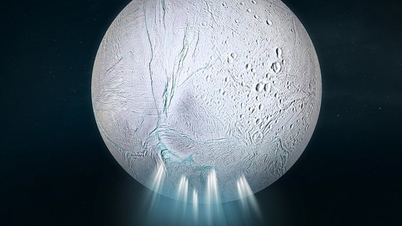



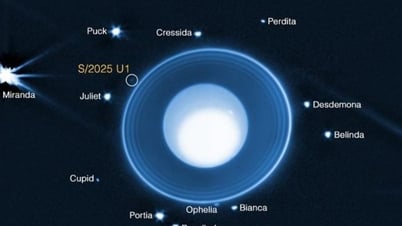








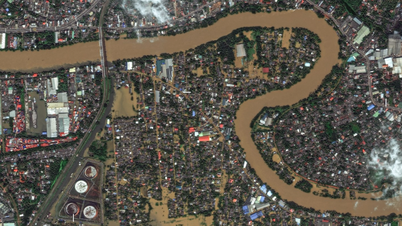

















![[Video] The craft of making Dong Ho folk paintings has been inscribed by UNESCO on the List of Crafts in Need of Urgent Safeguarding.](https://vphoto.vietnam.vn/thumb/402x226/vietnam/resource/IMAGE/2025/12/10/1765350246533_tranh-dong-ho-734-jpg.webp)

























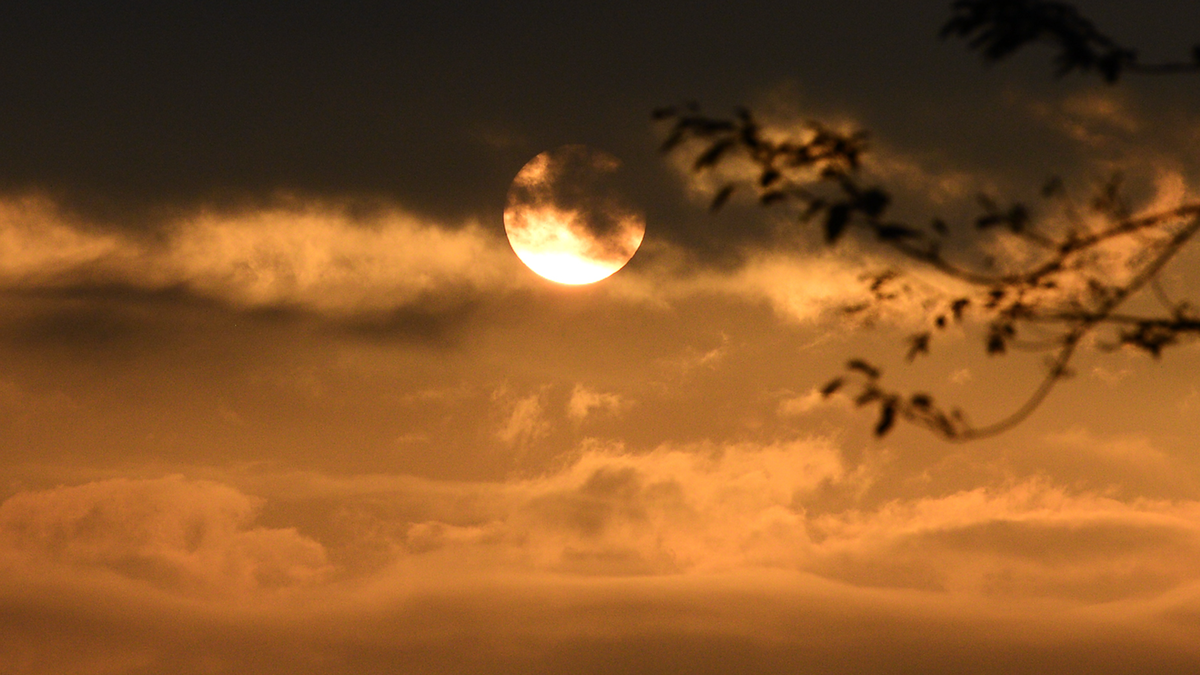















































Comment (0)